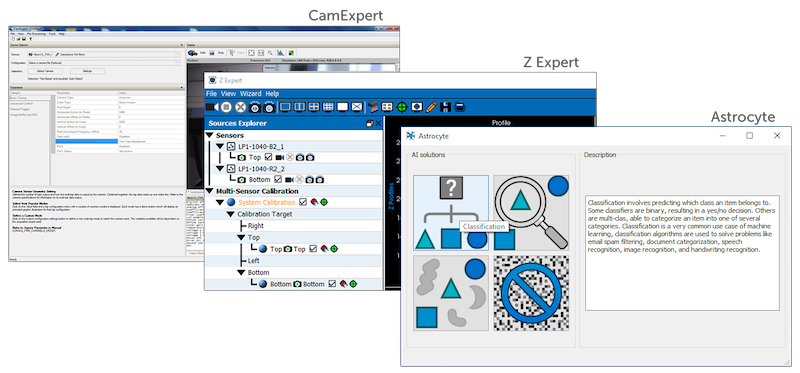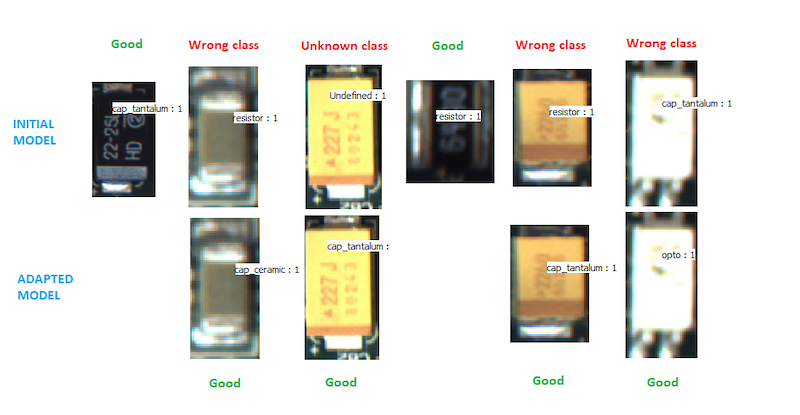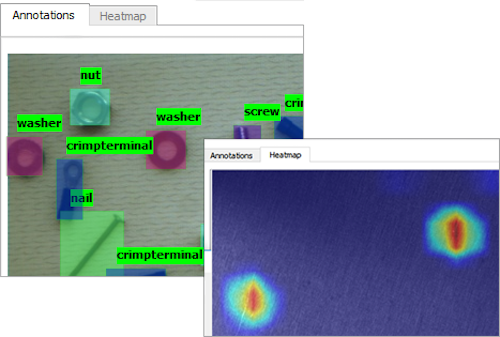Teledyne’s Latest AI Update Integrates an Error-proofing Training Tool
Teledyne DALSA announces the release of its newly upgraded Sapera Vision Software, which aims to error-proof AI by implementing “continuous learning.”
Teledyne DALSA designs, develops, and manufactures digital imaging products and solutions, and provides semiconductor products and services. The company serves various markets and applications, including medical and life sciences, scientific imaging, defense, intelligent transportation systems, aerospace, non-destructive testing, and machine vision and inspection.

The Sapera Vision Software. Image used courtesy of Teledyne DALSA
Recently, Teledyne DALSA announced its newly upgraded vision software, Sapera Vision Software Edition 2021-07. The software is being offered to customers to help accelerate the creation and implementation of machine vision applications across multiple industries.
The Latest Sapera Vision Software Edition
The Sapera Vision Software can create machine vision applications for inspecting metal plate surfaces, detecting and segmentation of vehicles, noise reduction on x-ray medical images, and locating and identifying hardware parts. Teledyne DALSA has upgraded the Sapera processing tool and its artificial intelligence (AI) training graphical tool.
The Astrocyte training tool is an AI-based application that trains neural networks using 2D images. A new algorithm has been added to the application to help pre-train a classifier in Astrocyte.

An example of Astrocyte’s classification system. Image used courtesy of Teledyne DALSA
Classification is one of the deep learning architectures Astrocyte supports, which can predict a particular item’s class. Classification is important for food sorting, defect identification, character recognition, presence detection, and more.
Classifiers can be binary with a yes or no decision, while others can be multiclass (i.e., classifying items into specific categories). The new algorithm for continual classification is intended to help reduce training time.

Teledyne’s Astrocyte training tool now provides heat mapping during runtime to obtain the location and shape of defects. Image used courtesy of Teledyne DALSA
Another algorithm has been added to Astrocyte for anomaly detection. The algorithm behind the new pixel-level anomaly detection enables defects to be detected with greater precision than previously possible. Heatmaps can also be generated during runtime to obtain the location and shape of defects with no need for graphical annotations at training.
Benefits
In a recent news release, the Software Director for Teledyne’s vision solutions group, Bruno Ménard, said, “We are excited to introduce continual learning to the Astrocyte package. This helps improve the accuracy of a classifier ‘on the field’ by training only the samples that fail, without having to retrain from scratch.”
Customers using Astrocyte can now get a hold of live video from a camera and automatically generate a series of files as their dataset is being created. This all happens before and in preparation for training.
Teledyne DALSA’s latest upgrade to its Sapera Vision Software provides control and automation engineers with the ability to save valuable time in developing and training new machine vision systems. Time saved in this regard can help push forward the deployment of custom machine vision systems for various industrial applications and help maintain or boost business productivity.

 Facebook
Facebook Google
Google GitHub
GitHub Linkedin
Linkedin








